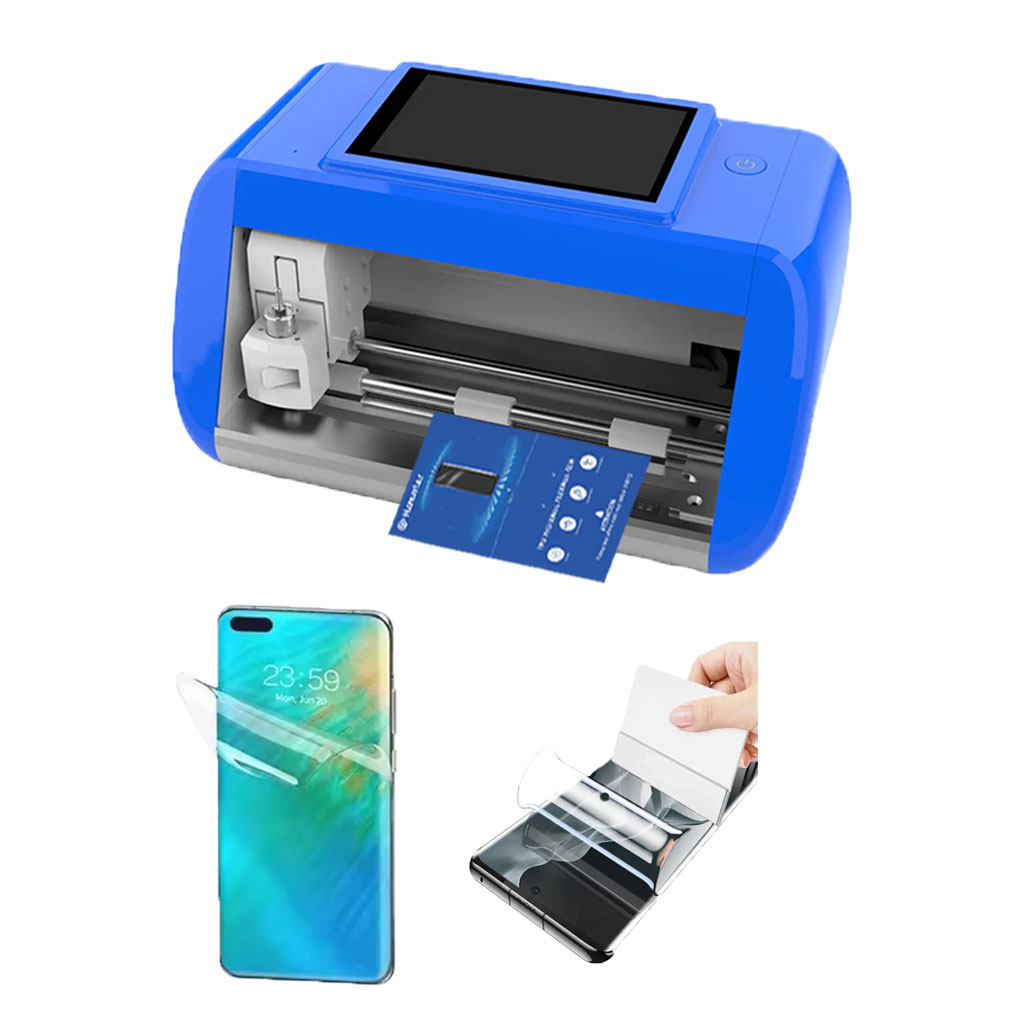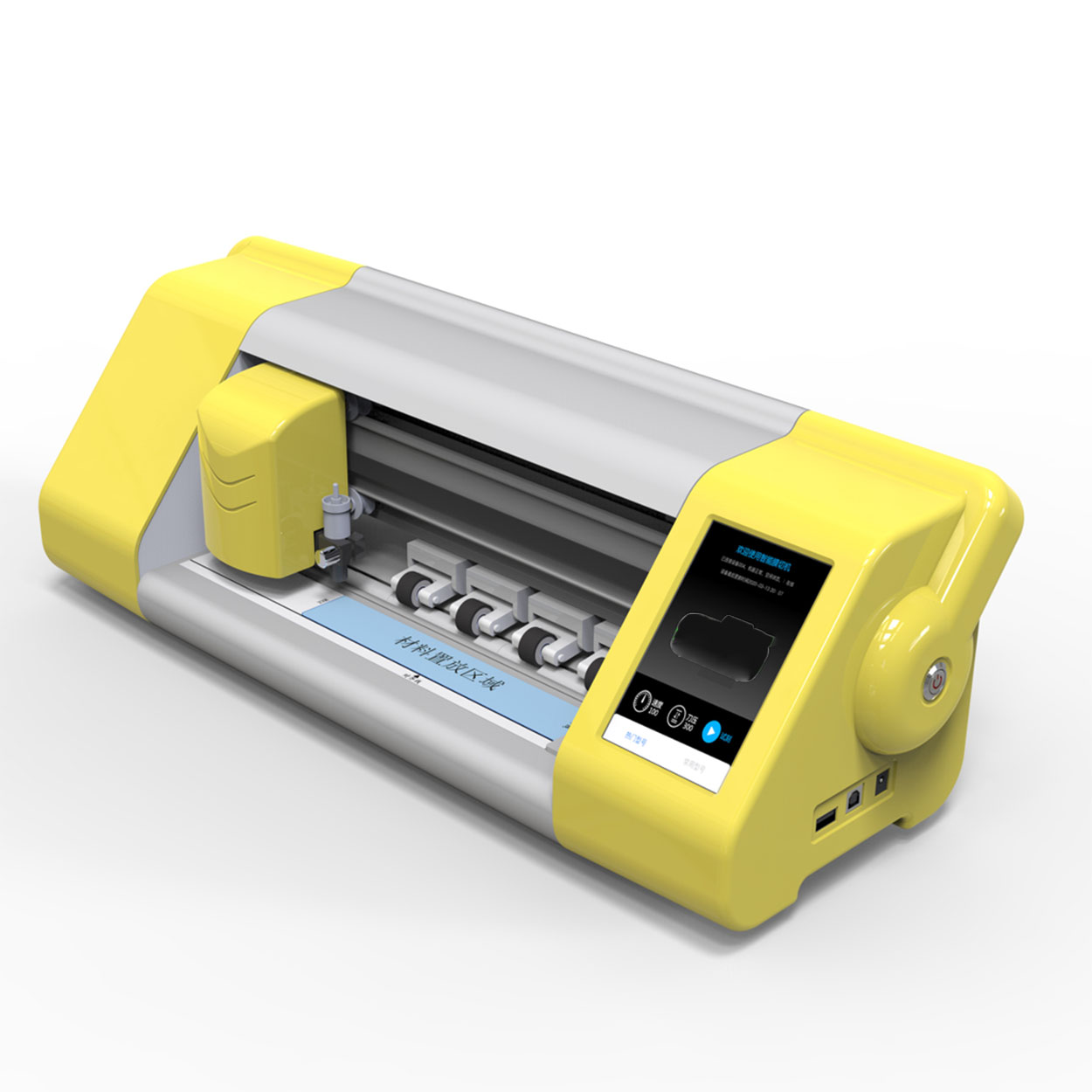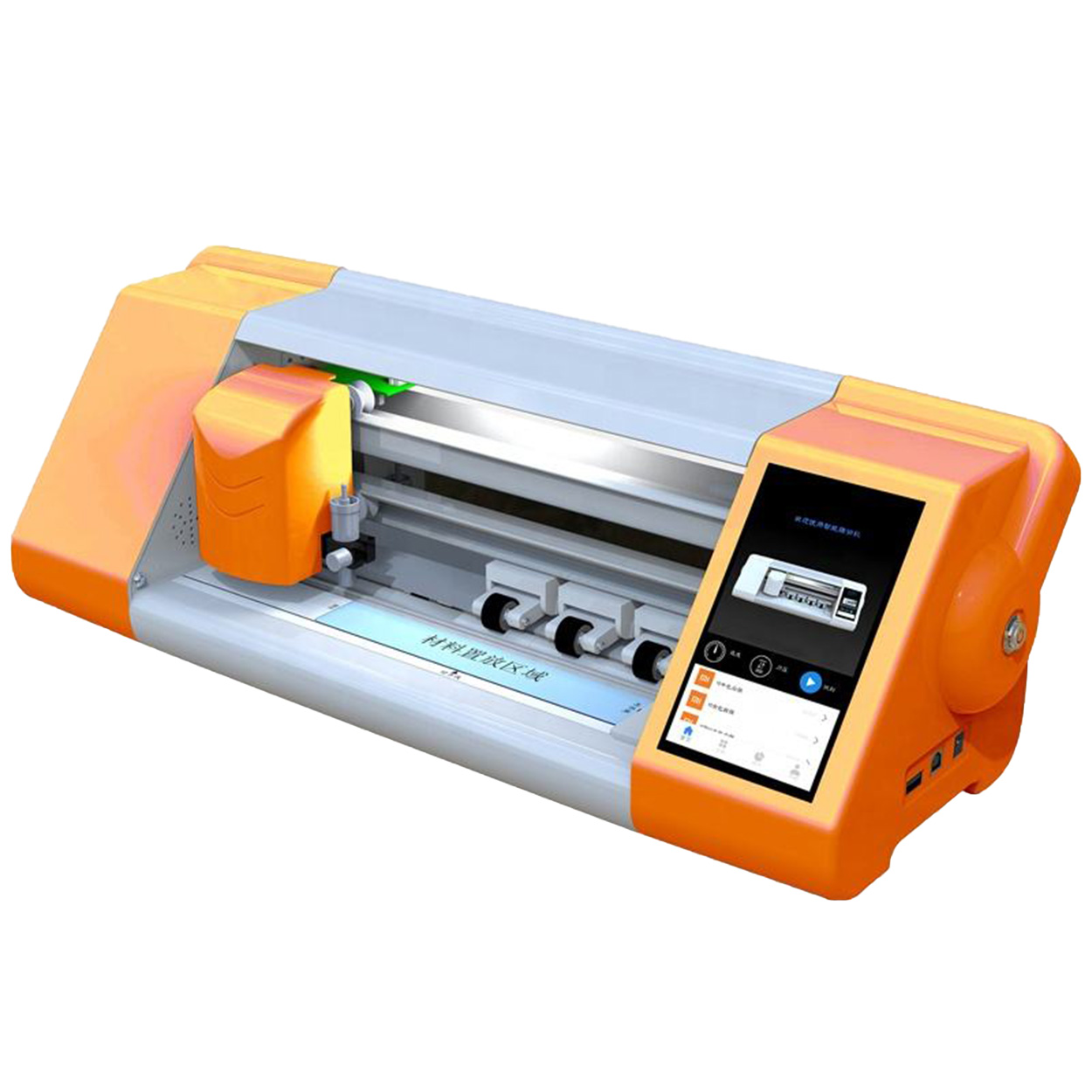
¿Son buenos los protectores de pantalla de hidrogel?
Índice
Resumen
Summarizing Key Points
- Hydrogel Protectors: Flexible, self-healing, affordable, and eco-friendly. Best for users who prioritize ease of installation and minor scratch protection.
- Tempered Glass Protectors: Durable, scratch-resistant, and offers superior impact protection. Ideal for users seeking robust defense against drops and scratches.
Personal Recommendations Based on Usage
However, for those who frequently drop their devices or work in harsh environments, tempered glass is the better option.
Principales conclusiones
- Protectores de hidrogel are flexible and self-healing, offering good scratch protection.
- Protectores de cristal templado provide superior impact resistance and clarity.
- Consider your usage habits and environment when choosing a screen protector.
- Both options have their pros and cons, but tempered glass generally offers better long-term protection.
What is a Hydrogel Screen Protector?
Understanding Hydrogel TechnologyHydrogel screen protectors are made from a soft, flexible material that offers a unique blend of protection and adaptability. Unlike traditional protectors, hydrogel is known for its self-healing properties, which allow minor scratches to disappear over time. This technology is particularly appealing for users who prioritize maintaining a pristine screen appearance.Advantages of Hydrogel ProtectorsOne of the standout features of hydrogel protectors is their thinness, which ensures that the touch sensitivity of your device remains unaffected. Additionally, they are often easier to install without bubbles, making them a user-friendly option for those who prefer a hassle-free application process.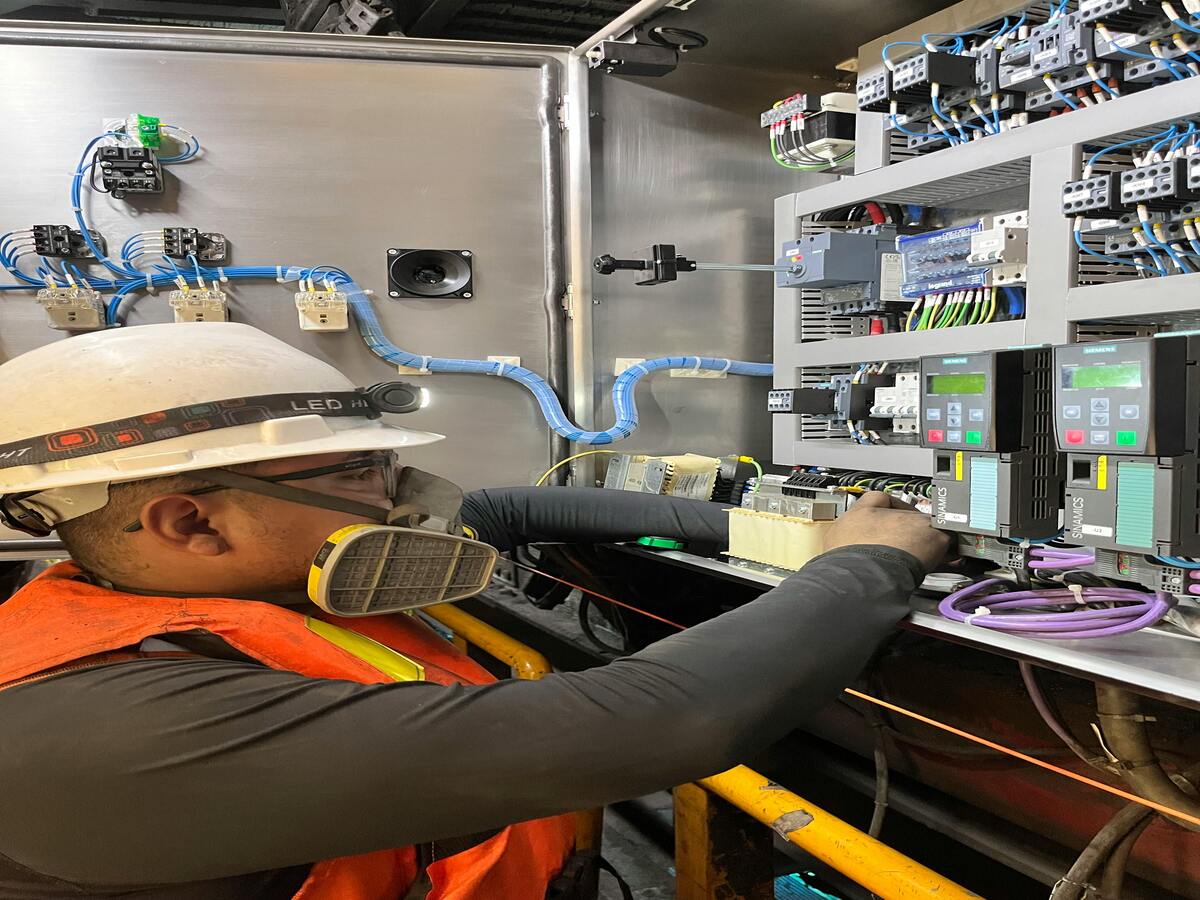
What is Tempered Glass?
The Science Behind Tempered GlassTempered glass is created through a process of extreme heating and rapid cooling, which makes it significantly stronger than regular glass. This process enhances its durability, making it a popular choice for screen protection. Tempered glass protectors are known for their ability to withstand significant impact, providing robust protection against drops and scratches.Benefits of Using Tempered Glass ProtectorsTempered glass protectors offer a high level of clarity and touch sensitivity, closely mimicking the feel of the original screen. They are also highly scratch-resistant, making them ideal for users who frequently handle their devices in environments where scratches are a concern.Hidrogel vs. vidrio templado: diferencias clave
Material Composition and DurabilityHydrogel protectors are made from a flexible polymer, while tempered glass is a rigid, hardened material. This fundamental difference affects their durability and the type of protection they offer. While hydrogel is more flexible and can absorb minor impacts, tempered glass provides a more rigid barrier against severe impacts.Installation Process and User ExperienceInstalling a hydrogel protector is generally easier and less prone to bubbles compared to tempered glass. However, tempered glass offers a more premium feel and is often preferred by users who want a protector that feels like the original screen.
Self-Healing Properties of Hydrogel Protectors
How Does Self-Healing Work?The self-healing property of hydrogel protectors is due to their elastic nature, which allows them to “heal” minor scratches over time. This feature is particularly beneficial for users who want their screens to look new for longer periods.Real-World Applications and EffectivenessIn practice, self-healing works best for superficial scratches and scuffs. While it won’t repair deep gouges, it can significantly improve the appearance of the screen over time, maintaining a clear view and smooth touch experience.Impact Absorption: Hydrogel vs. Tempered Glass
Which Offers Better Shock Resistance?When it comes to absorbing impact, hydrogel protectors excel due to their flexibility, which allows them to disperse shock more effectively. However, tempered glass provides a more solid defense against direct impacts, making it a better choice for drop protection.Testing Impact Absorption in Everyday ScenariosIn tests simulating everyday drops and bumps, tempered glass protectors generally outperform hydrogel in terms of preventing screen breakage. However, hydrogel protectors offer better protection against minor impacts and scratches.Screen Protection: Which is More Reliable?
Scratch Resistance ComparisonTempered glass protectors are renowned for their scratch resistance, often rated at 9H hardness, which is higher than most metals. Hydrogel protectors, while not as hard, offer decent scratch resistance and the added benefit of self-healing.Long-Term Protection and WearOver time, both types of protectors will show signs of wear. However, tempered glass tends to maintain its clarity and protective qualities longer than hydrogel, which may become less effective as the self-healing properties diminish.Cost Analysis: Are Hydrogel Protectors More Expensive?
Price Comparison with Tempered GlassHydrogel protectors are generally more affordable than tempered glass, making them an attractive option for budget-conscious consumers. However, the price can vary depending on the brand and additional features like anti-glare or privacy filters.Value for Money: Which Offers Better ROI?While tempered glass protectors are more expensive, they often provide better long-term value due to their durability and superior protection. Hydrogel protectors, on the other hand, offer good value for those who prioritize flexibility and ease of installation.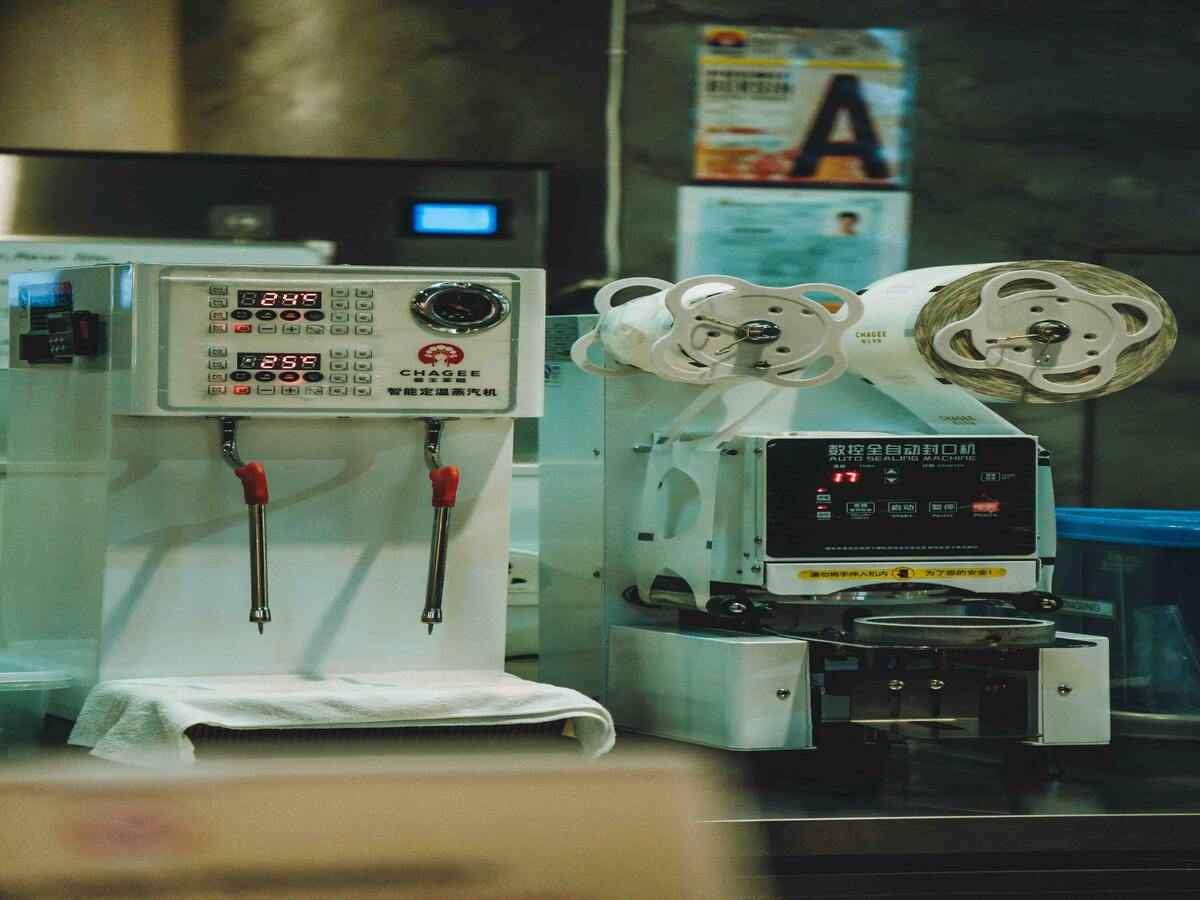
User Experience: Comfort and Aesthetics
Touch Sensitivity and ClarityBoth hydrogel and tempered glass protectors offer excellent touch sensitivity, but tempered glass is often preferred for its clarity and smooth feel. Hydrogel protectors, while slightly less clear, provide a softer touch experience.Aesthetic Appeal: Matte vs. Glossy FinishesHydrogel protectors are available in both matte and glossy finishes, allowing users to choose based on personal preference. Tempered glass protectors typically have a glossy finish, which enhances the screen’s brightness and color accuracy.Environmental Impact: Sustainable Choices
Eco-Friendliness of Hydrogel MaterialsHydrogel protectors are often marketed as more environmentally friendly due to their biodegradable materials. This makes them a better choice for eco-conscious consumers looking to reduce their environmental footprint.Recycling and Disposal of Screen ProtectorsBoth types of protectors can be recycled, but the process is more straightforward for hydrogel due to its simpler composition. Consumers should check local recycling guidelines to ensure proper disposal.Comentarios
Etiquetas
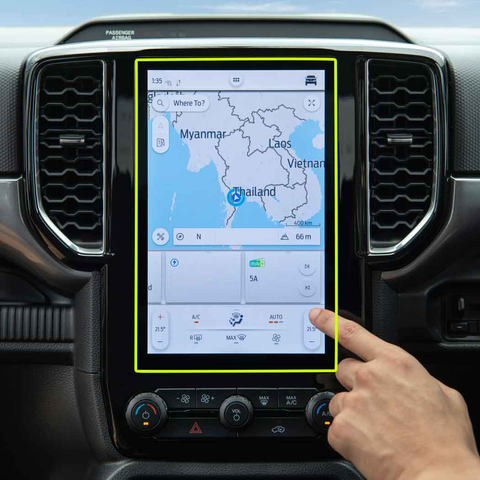
DONGFENG T5 EVO 2023 Navigator Tempered Glass
Get the best 2023 DONGFENG T5 EVO Tempered Glass screen protector. Ultra-clear and designed to maintain the touch sensitivity of your navigation display.

Trumpchi GS8 2024 Navigation Instrument Tempered Glass
Protect your investment with a high-quality Trumpchi GS8 2024 Screen Protector.

¿Valen la pena los protectores de pantalla de papel?
Si eres usuario de iPad y buscas aumentar tu creatividad o productividad, ¡definitivamente vale la pena considerar un protector de pantalla tipo papel!
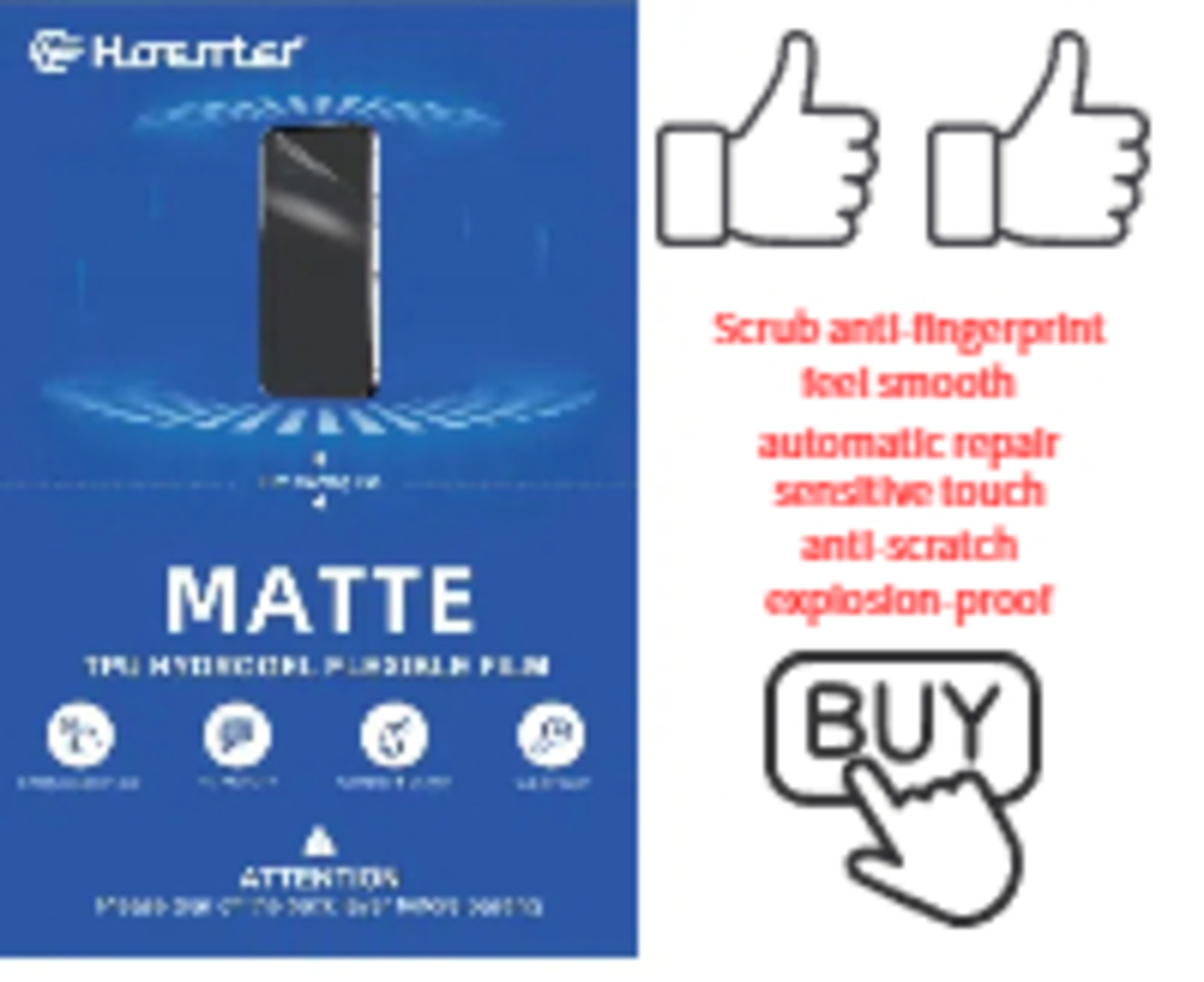
Wholesale Matte TPU Film Screen Protector
Boost your profits with Wholesale Matte TPU Screen Protectors. An affordable, high-demand product with excellent margins for your business.

Las últimas innovaciones en cortadoras de protectores de pantalla
El desarrollo de las máquinas de corte de protectores de pantalla está enraizado en la historia más amplia de la automatización y la tecnología de materiales.
Encuentre Todos los conocimientos y tendencias de nuestro blog, obtenga el precio al por mayor y la mejor calidad de nuestra fábrica.

Qué máquina de corte de película y su aplicación
Las cortadoras de película han desempeñado un papel crucial en la evolución del cine y de diversos procesos industriales al permitir el corte y empalme precisos de materiales de película.

¿Qué es una máquina cortadora de protectores de pantalla?
Una cortadora de protectores de pantalla es un dispositivo especializado diseñado para producir protectores de pantalla a medida para diversos dispositivos electrónicos, como smartphones, tabletas, smartwatches, portátiles y monitores.

Cómo funciona la máquina de corte de protector de pantalla de teléfono móvil?
Una máquina cortadora de protectores de pantalla para teléfonos móviles es un sofisticado dispositivo diseñado
fabricar protectores de pantalla personalizados para diversos dispositivos digitales con alta preci
y eficiencia.

Características del cristal templado para teléfonos móviles y del protector de pantalla de TPU para teléfonos móviles
Los protectores de pantalla de poliuretano termoplástico (TPU) son flexibles, duraderos y
películas plásticas autorreparadoras diseñadas para proteger las pantallas de los dispositivos electrónicos de
arañazos, golpes y otros posibles daños.

Revolucione la protección de sus dispositivos con la cortadora de protectores de pantalla
Tanto si tienes un smartphone, una tableta o un smartwatch, esta versátil máquina se adapta a una amplia gama de dispositivos. Se adapta perfectamente a las dimensiones de tu gadget, ofreciendo un ajuste personalizado que los protectores genéricos no pueden igualar.

Protector de pantalla Garantía de por vida
La garantía de por vida de un protector de pantalla es una garantía proporcionada por los fabricantes que
se compromete a reparar o sustituir un protector de pantalla durante toda la vida útil del producto, en condiciones específicas.

